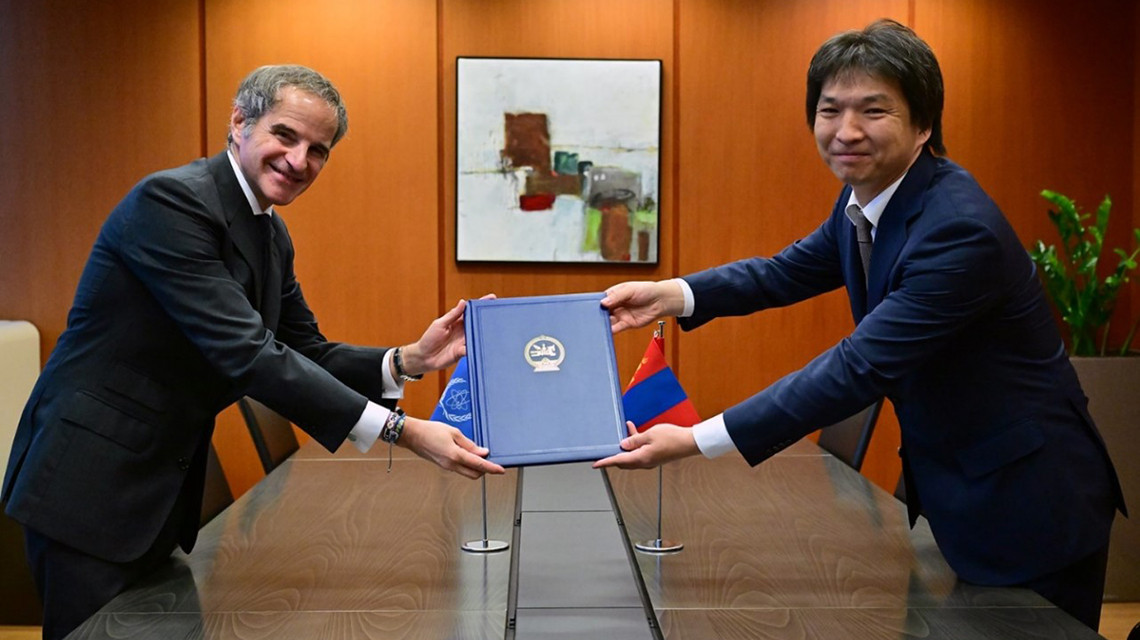Twenty years ago, the adoption of the Amendment to the Convention on the Physical Protection of Nuclear Material (A/CPPNM) marked the start of a new era in international efforts to counter the risk of nuclear security threats.
The Convention and its Amendment are the only internationally legally binding undertakings in the area of physical protection of nuclear material and of nuclear facilities used for peaceful purposes. They provide a robust international legal framework as a foundation for effective nuclear security.
On the occasion of the anniversary, IAEA Director General Rafael Mariano Grossi emphasized in his message that “it?is?in?everyone's interest?that?all?States?join?and?implement?both. We need to do everything possible against current and emerging threats, and we need to lay a solid foundation for the many communities embracing reliable, low carbon nuclear energy in more and more countries.”
The Amendment came into force in May 2016 and extended the scope of the original treaty to cover physical protection of nuclear facilities and nuclear material used for peaceful purposes in domestic use, storage and transport. It also further criminalizes offences related to illicit trafficking and sabotage of nuclear material or nuclear facilities, and provides for strengthened international cooperation in light of the expanded scope, such as assistance and information sharing in the event of sabotage.
The first Conference of the Parties to the Amendment to the Convention on the Physical Protection of Nuclear Materials was held at the IAEA’s headquarters in Vienna, Austria from 28 March to 1 April 2022. The second such Conference is scheduled to be held in Vienna in April 2027.
“As we prepare for the second conference on the Amendment to the CPPNM, the IAEA will continue its support. We will do this through new partnerships with key decision makers and stakeholders, new initiatives and tailored legislative and technical assistance,” Grossi said.
The CPPNM currently has 165 Parties, of which 138 have also joined the Amendment. Most recently, Mongolia became the latest Party to the Amendment.
Mongolia’s ratification of the A/CPPNM in April 2025 marked a strategic step in strengthening the national nuclear security framework and legal infrastructure. “This development reaffirms Mongolia’s strong commitment to the peaceful use of nuclear technology and to preventing nuclear and radiological threats both nationally and regionally. By joining the Amendment, Mongolia has expanded its obligations to protect nuclear material not only during international transport but also in domestic use and at nuclear facilities, in line with international standards,” said Gerelmaa Gombosuren, Acting Head of the Foreign Affairs Division in Mongolia’s Nuclear Energy Commission.
“The country’s adherence was made possible through close cooperation with the IAEA, whose legal guidance, technical assistance, and capacity-building support have significantly enhanced our institutional preparedness. We remain committed to the universalization and effective implementation of the A/CPPNM and to contributing to global nuclear security efforts,” she added.







